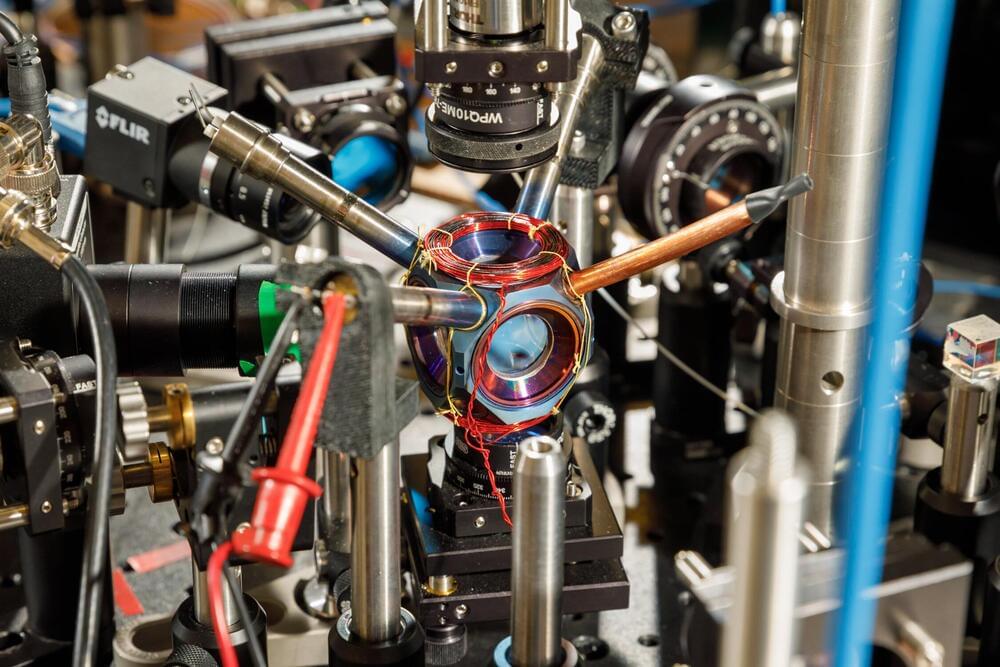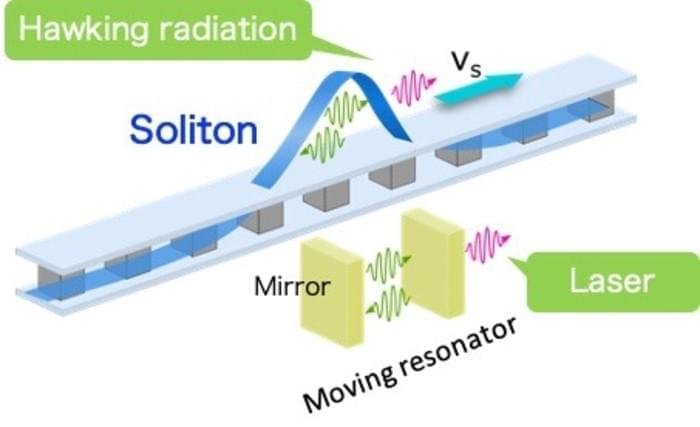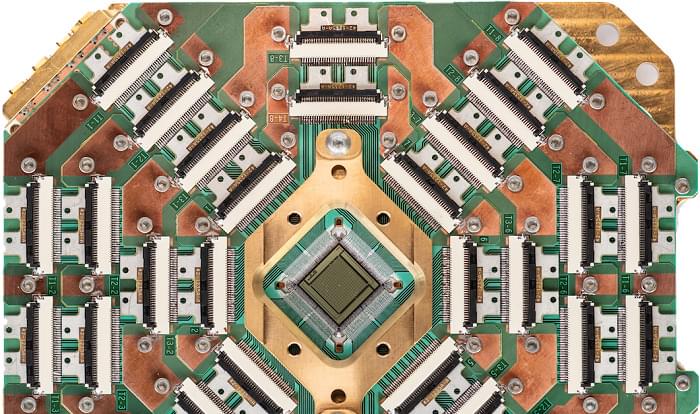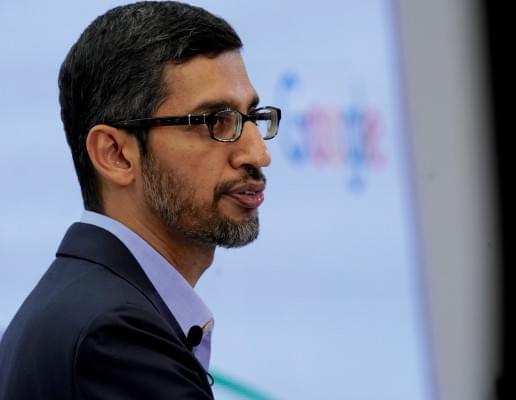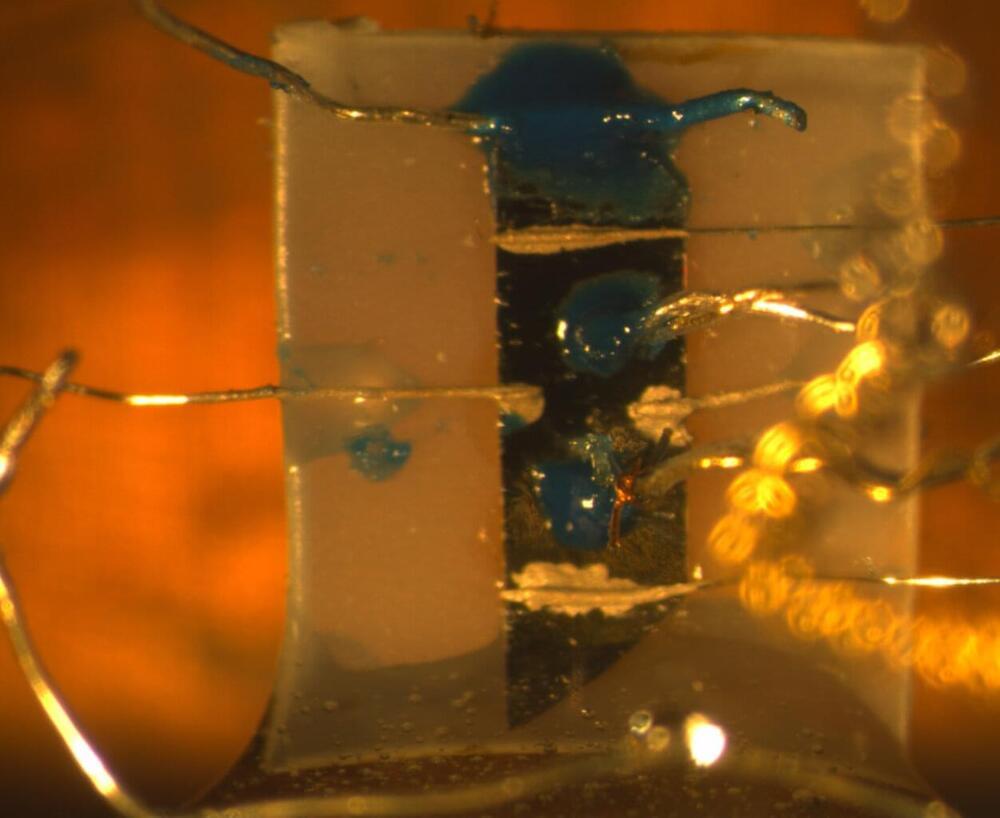Oct 26, 2021
This device could usher in GPS-free navigation
Posted by Quinn Sena in categories: particle physics, quantum physics, satellites
Don’t let the titanium metal walls or the sapphire windows fool you. It’s what’s on the inside of this small, curious device that could someday kick off a new era of navigation.
For over a year, the avocado-sized vacuum chamber has contained a cloud of atoms at the right conditions for precise navigational measurements. It is the first device that is small, energy-efficient and reliable enough to potentially move quantum sensors—sensors that use quantum mechanics to outperform conventional technologies—from the lab into commercial use, said Sandia National Laboratories scientist Peter Schwindt.
Sandia developed the chamber as a core technology for future navigation systems that don’t rely on GPS satellites, he said. It was described earlier this year in the journal AVS Quantum Science.
